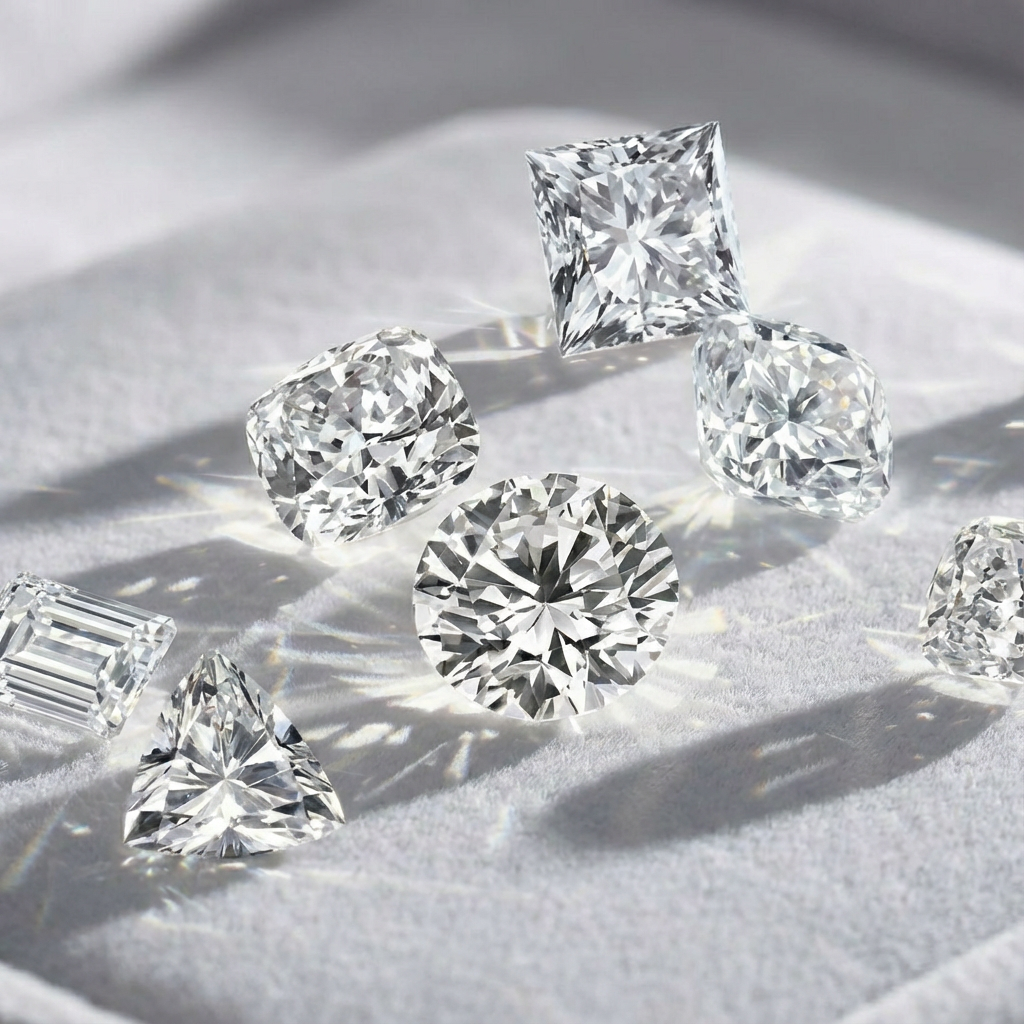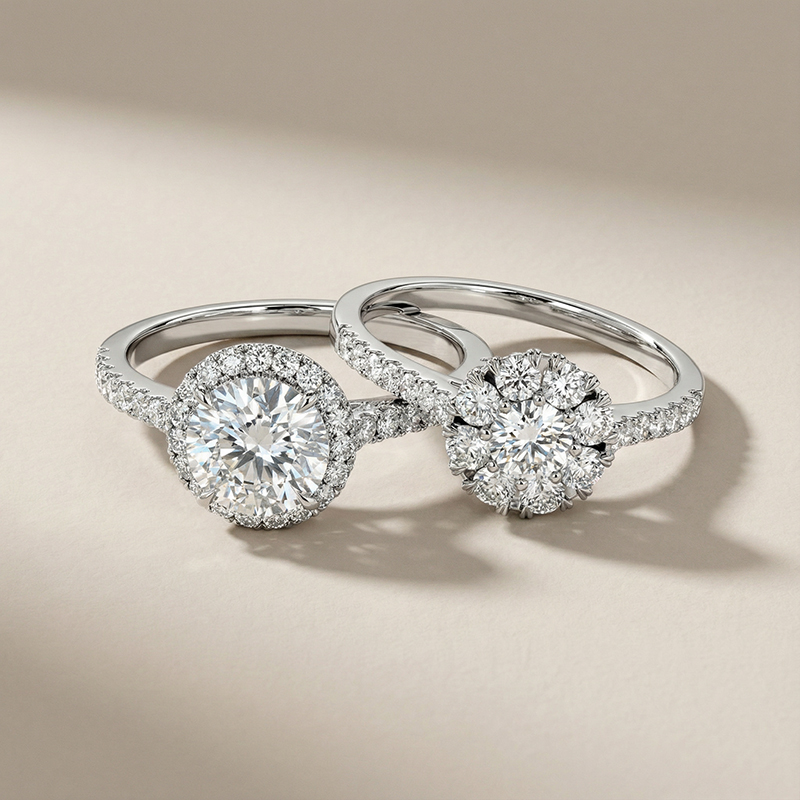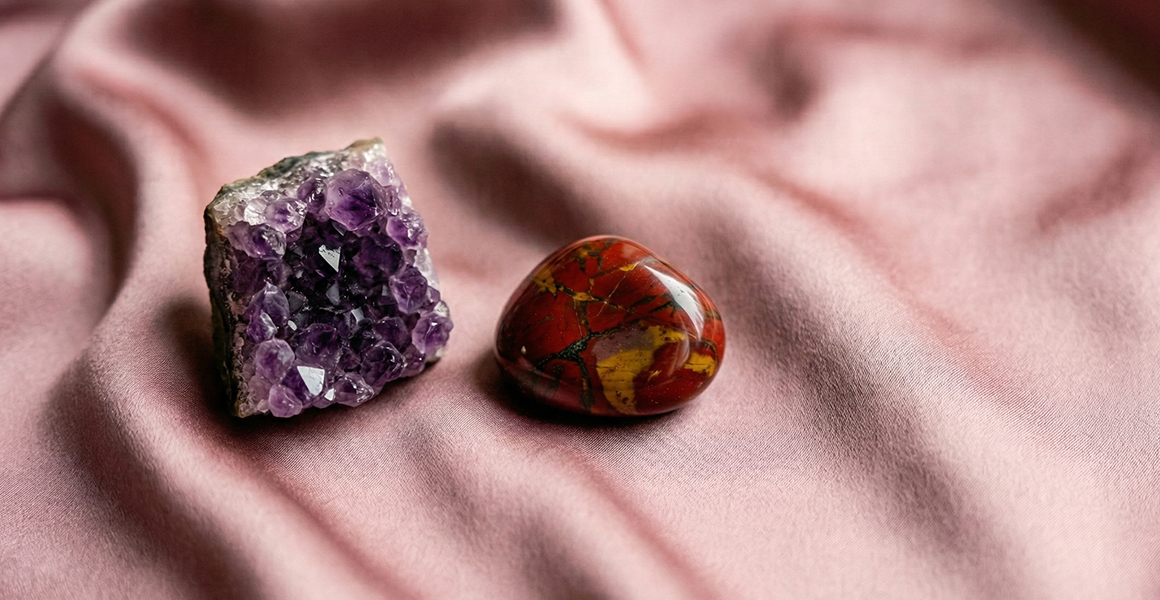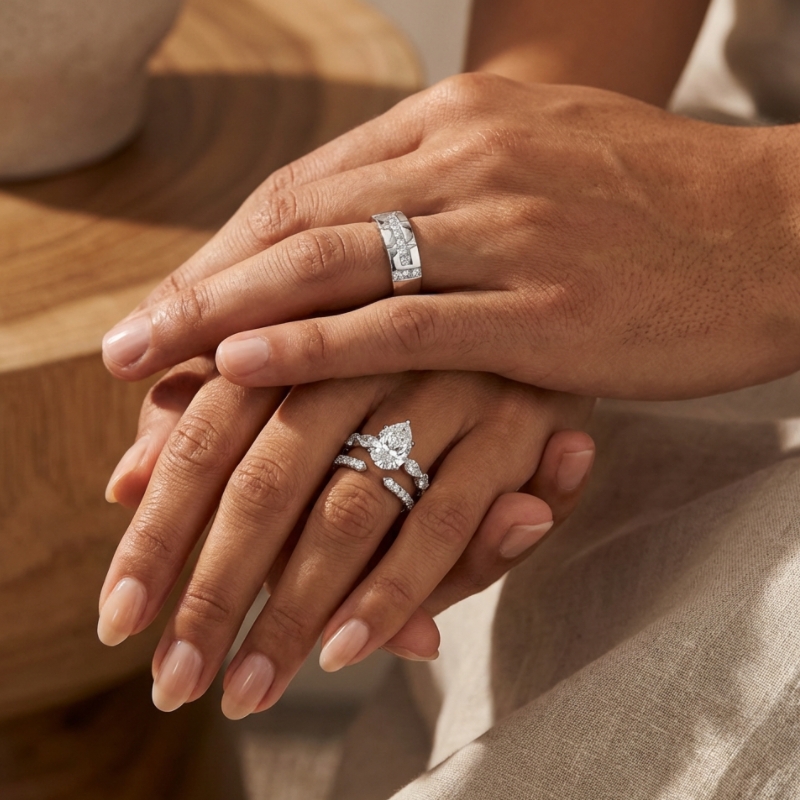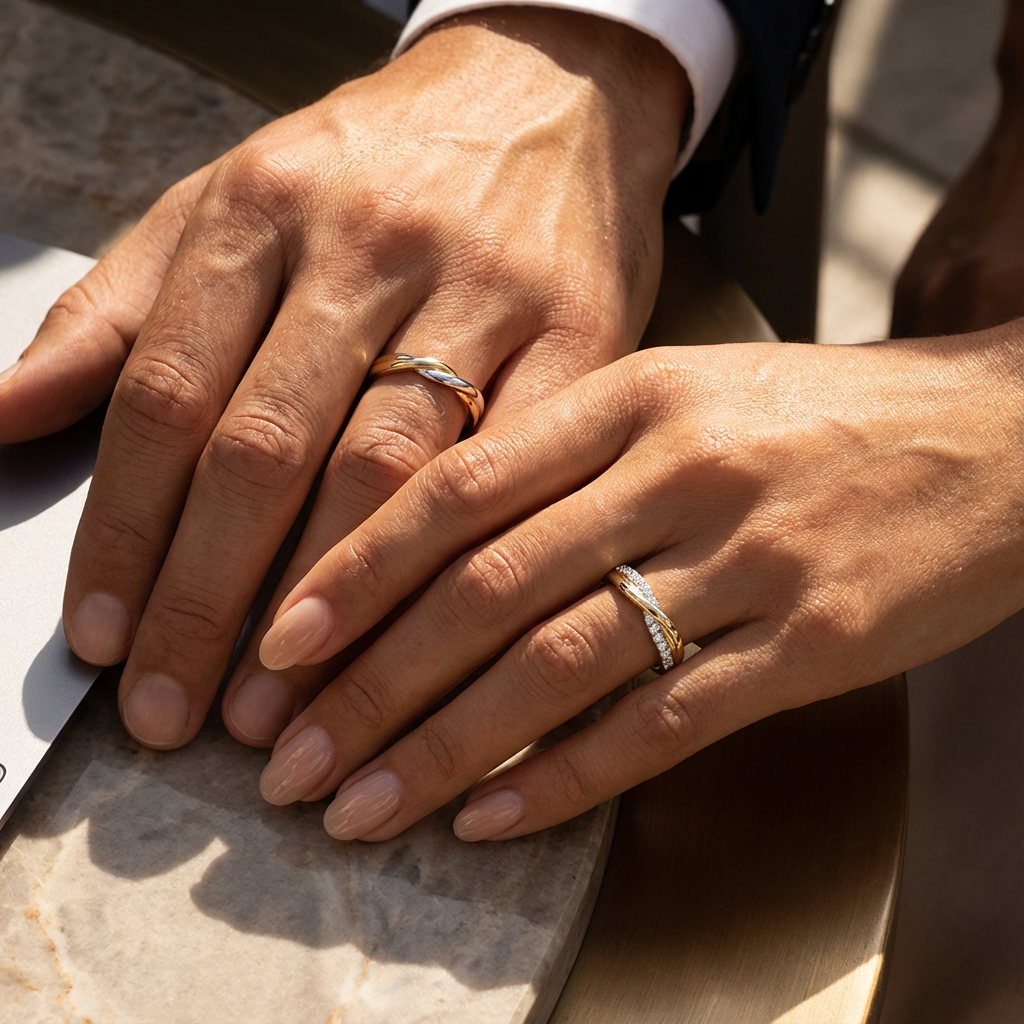What makes April's birthstone so special? The diamond is renowned for its beauty, but there is more to this sparkling gem than meets the eye. Its optical properties, like refraction and dispersion, also make it highly desirable as jewelry. Here at SHE.SAID.YES, we will explore the fascinating qualities of diamonds that explain their enduring popularity and value.
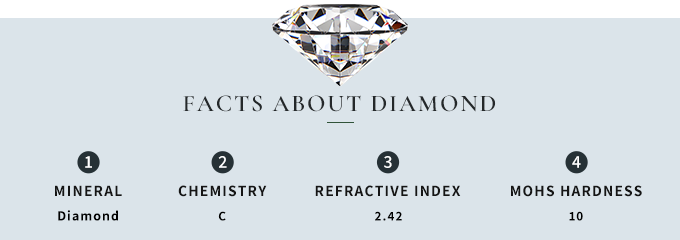
Overview
In its purest form, the diamond is entirely carbon crystallized in the isometric cubic structure. This skeletal arrangement refracts light through facets, imparting brilliance. People grade diamonds based on the renowned 4Cs—carat, cut, color, and clarity. These factors determine a stone’s optical properties, rarity, and monetary value as a premier gemstone. For centuries, people have prized diamonds for both their beauty and durability as symbols of status.
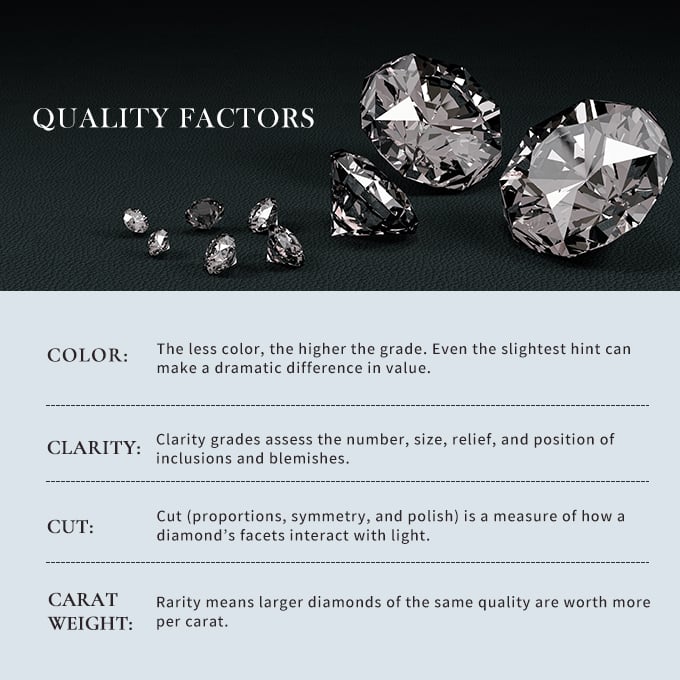
Origin
Diamonds originate deep within the Earth’s upper mantle, 90 to 150 miles below the surface, where intense heat and pressure crystallize carbon into their coveted cubic structure. Temperatures between 900 to 1,300 degrees Celsius and pressures around 45-60 kilobars lock carbon atoms into diamond crystals over intervals of 1 to 3 billion years. Occasionally, volcanic eruptions or other geological processes bring rough diamonds closer to the surface within Kimberlite pipes and other rock types.
While diamonds occur worldwide, the top producers today include several African nations. South Africa, Namibia, and Botswana, in particular, host rich diamond deposits. Other countries that mine diamonds include Canada, Botswana, Russia, and Brazil. The extreme conditions required for diamond formation make them among Earth’s most coveted gemstones.

History
While ancient Indian mining uncovered diamonds over a millennia ago, the gemstone’s global history truly began in the 17th century. European traders and explorers like Vasco da Gama gained popularity transporting diamonds from India, fueling demand on the European continent. This sparked “diamond rushes” as prospectors searched frantically for new sources. In the 1870s, people inadvertently found huge deposits in Brazil and along the Orange River in South Africa, spurring a massive economic gold in Kimberley. And new world superpowers also wrested control of the supply from India.
In the late 1880s, diamond entrepreneur Cecil Rhodes consolidated African mines under De Beers, creating the first global diamond monopoly. After WWII, synthetic diamonds were developed but remained a minority as natural stones held cultural cachet. Modern mining operations are concentrated in Africa, Russia, Canada, and Australia to meet continued demand for the iconic gem. Besides, since 1947, elegantly cut diamonds have especially symbolized love and commitment through talented marketing by De Beers.
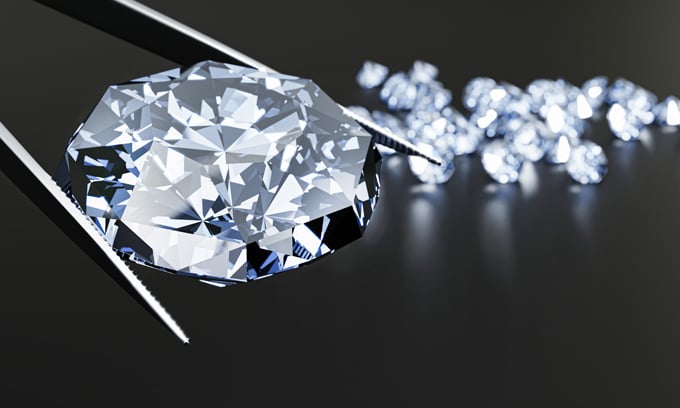
Benefits and Properties
Diamonds exhibit exceptional physical, optical, and thermal properties, making them a globally coveted material. They are famously the hardest natural substance, measuring 10 on the Mohs hardness scale. And this durability allows diamonds to be cleaned and polished to a brilliance no other gem can match.
In addition to their scientific properties, many cultures attribute powerful metaphysical properties to diamonds. People believe diamonds amplify and purify the body’s natural energy, raising one’s vibrational level. Wearing diamonds is said to actively boost confidence, motivation, and fearlessness while intensifying passion. Diamonds also strengthen relationships by actively promoting unconditional love. Their brilliance energetically wards off negativity and feeds the chakras. For spiritual practitioners, diamonds symbolize wealth, luck, and success through their ability to attract positive energy actively.

